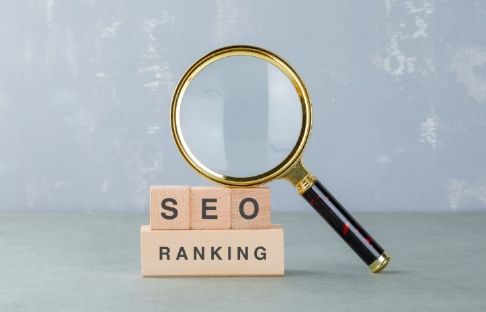 08.10.2025
08.10.2025


Assessing long-term value and immediate gains
Businesses in the service sector routinely encounter the crossroads of seo vs ppc in their online strategies. With SEO, patience rewards the disciplined: steady progress up the SERP brings compounding visibility and reputation. Meanwhile, paid search stakes its value on immediate action, delivering leads nearly as swiftly as campaigns are launched and honing results through tools like the keyword planner.
Google Ads maximizes reach at every funnel stage, allowing service companies to set precise bids and target high-intent non-branded keywords for prospects ready to convert. A robust SEO plan, however, positions the brand as a consistent authority, engaging users searching for answers or comparing providers. Both channels feed into wider brand campaigns, but tactics vary: SEO builds trust and discoverability, PPC taps urgent needs and competitive moments, offering granular control with strategies like bidding strategy and impression share optimization.
Navigating the cost structures and tracking value
Understanding the financial implications guides smarter choices. SEO generally involves ongoing investment in site optimization, content, and technical upgrades, but rewards with organic traffic that can scale exponentially. Results emerge over weeks and months, well-suited for those committed to lasting presence. Cost per click models in PPC ensure clear transaction costs and allow flexibility: dial up budgets when demand peaks or focus only on segments with proven search intent.
Conversion tracking helps clarify the strengths and weaknesses of each approach. PPC systems swiftly report on ROAS and attribution, allowing marketers to analyze the cost of acquiring each customer. SEO, while less direct, illustrates lift over time—traffic climbs, engagement strengthens, and leads compound as ranking improves across strategic landing pages. Quality score metrics and ad extensions further influence paid results, while SEO benefits from technical site health and authoritative inbound links.
When and how to combine for service success
No single formula fits every marketing budget or company timeline, so the smartest teams work both channels in tandem. PPC efficiently tests new offers, content, or landing pages for conversion rate improvements, with fast feedback to guide future SEO expansion. Meanwhile, successful SEO campaigns improve brand trust and organic reach, forming the backbone of sustainable search marketing investment.
The process is iterative: strategies change as attribution models clarify where and how prospects come to convert. Data-driven insights from both PPC and SEO should inform future funnel optimization, whether through expanding best-performing ad groups or updating site structure for better crawling and ranking. Integration means synchronizing keyword research, monitoring impression share, and using ROAS as a guiding metric for budget allocation.
For service-based businesses, decisive allocation between SEO and PPC comes down to a balance of immediacy and longevity. Thoughtful investment in both channels meets the spectrum of customer journeys—from initial brand discovery to last-click conversions. With the right combination of creative testing, analytics, and continuous learning, service companies can unlock predictable growth and shape digital strategies for future success.







